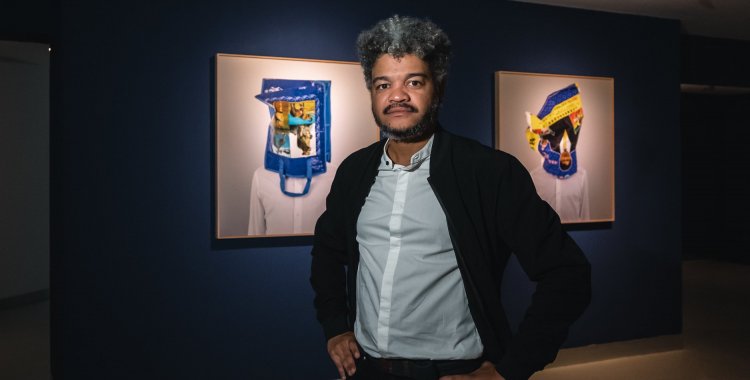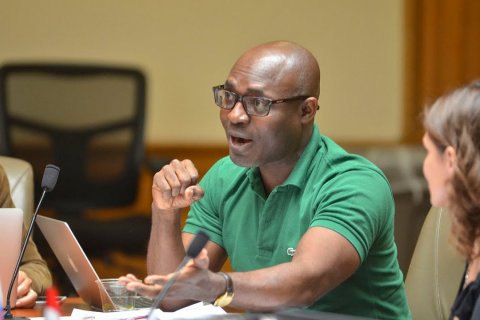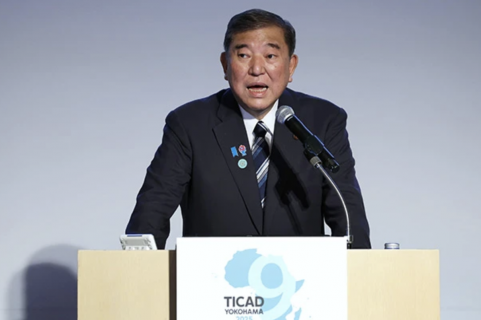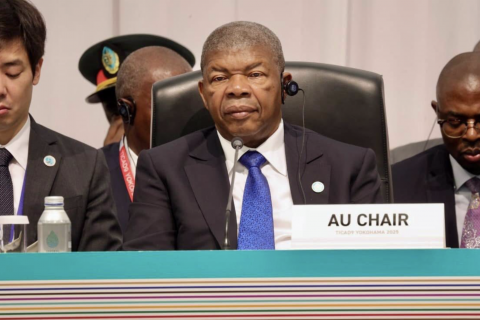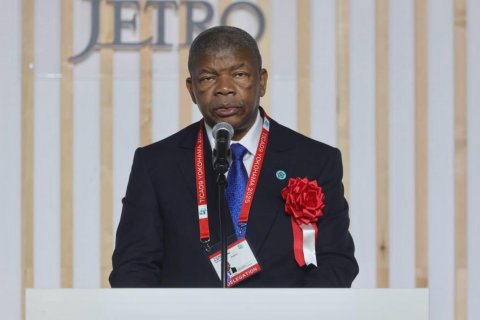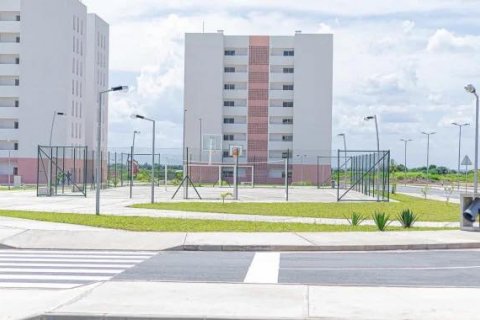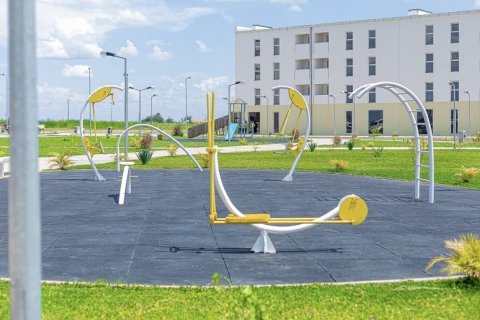The exhibition entitled "Um Mundo em Comum: Fotografia Africana Contemporânea" brings together around 100 works in photography, video, sound and some installations by 36 artists from different countries and generations.
"What motivated me a lot was the diversity of perspectives. I wasn't interested in a single representation of the continent, but rather the notion of multiplicity, in which many perspectives could be united to celebrate these rich and diverse narratives", said programmer, Osei Bonsu, to the Lusa agency.
The exhibition is divided into seven sections with themes on cultural heritage, spirituality, identity, urbanism and climate change on the African continent.
The participation of several Portuguese-speaking artists, Bonsu said, is interesting because, "although they are all very different, they look particularly at the type of colonial and post-colonial relationship between Portugal and its former colonies".
Edson Chagas shows in this exhibition the series "Tipo Passe", composed of portraits of people dressed in a modern way, but with their faces covered by traditional Bantu masks of various origins, styles and tribal affiliations.
With this work, the Angolan photographer reflects on pre-colonial African identities, multiculturalism and the formation of new identities formed from current migrations.
Born in Luanda in 1977, Edson Chagas lived and studied in Portugal before studying photojournalism at the London College of Communication and documentary photography at the University of Wales.
He currently lives and works in Luanda, where he juggles artistic work with photo editing for the Angolan newspaper Expansão.
Interested in social issues and the relationship between time and space, in 2018 he was one of the recipients of the African Art Prize awarded by the Smithsonian National Museum of African Art.
Previously, he was one of the three finalists selected for the 2015 Novo Banco Photo Prize and participated in the Angola Pavilion, winner of the Golden Lion in the category "Melhor Pavilhão Nacional", at the 55th Venice Biennale, in 2013.
Délio Jasse participates with "Capítulo Perdido: Nampula 1963", a series of photographs of a Portuguese family that lived in that Mozambican city in the 1960s, over which he superimposed silkscreen stamps or annotations taken from official documents.
In addition to references to memory and history, the images highlight the privileged status of the Portuguese during colonialism, in contrast to the marginal presence of native Mozambicans.
Jasse was born in Luanda in 1980, studied in Lisbon and currently lives and works in Milan, Italy. He was a finalist for the BES Photo Prize in 2014 and was part of the official selection for the 12th Dakar Biennale, at the Angola Pavilion of the 56th Venice Biennale, in 2015.
Kiluanji Kia Henda presents the project "Uma Cidade Chamada Miragem", inspired by the explosion of civil construction in Luanda in the 2010s, when he built metal structures in the Al-Araz desert, in Jordan.
One of these sculptures is on display, as well as a set of photographs that are part of the collection of the Tate Modern museum.
Kia Henda was born in 1979 in Luanda, where he lives and works, assuming himself as a conceptual artist, using various media in his work, such as video photography and performance.
In 2012, Kia Henda won the National Prize for Culture and Arts, awarded by the Ministry of Culture of Angola, and in 2017 he won the Frieze Artist Award, the first African artist to win this prize, created in 2014.
Mozambican Mário Macilau is present with a series of black and white photographs taken in the Hulene dump, the largest open-air municipal dump in Maputo, where children try to recover electronic components to sell.
"Macilau's photographs raise social awareness, focusing on the dignity and resilience of young people, as well as the underlying realities of poverty, neglect and invisibility they face," reads the catalogue.
Self-taught born in Maputo in 1984, Mário Macilau has been a professional photographer since 2007, and his projects are usually carried out in the long term, on social and political matters, such as human rights and environmental conditions.
The exhibition will be open to the public from July 6 to January 14, 2024.

